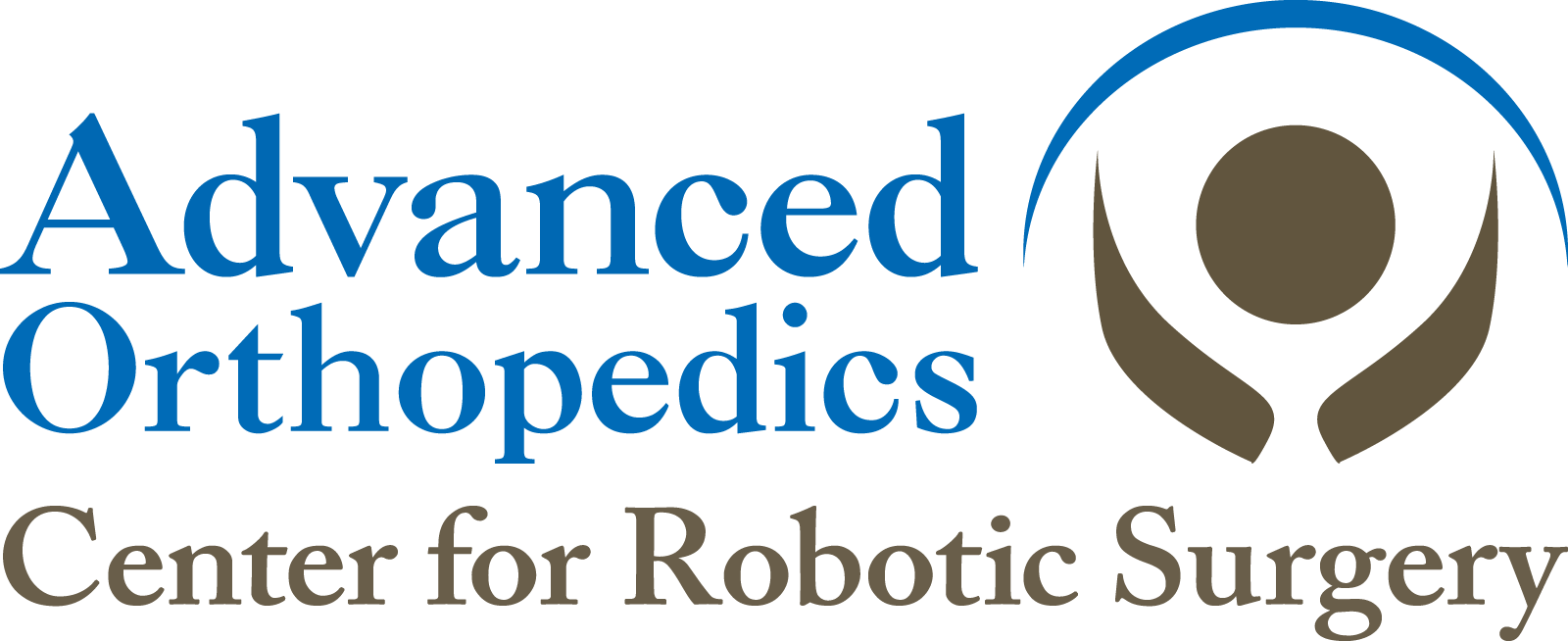Tennis and Golfer’s Elbow

Advanced Orthopedics – Leland
509 Olde Waterford Way, Ste. 102
Leland, NC 28451
910-641-8670

Advanced Orthopedics – Whiteville
701 Jefferson Street
Whiteville, NC 28472
910-641-6683
Conditions
Treatments
Tennis elbow (lateral epicondylitis) and golfer’s elbow (medial epicondylitis) are two common overuse injuries that affect the tendons in the elbow. Despite their names, these conditions are not limited to athletes—they can affect anyone who engages in repetitive arm movements, such as lifting, gripping, or swinging. At Advanced Orthopedics, we specialize in diagnosing and treating these painful conditions with personalized, non-surgical, and surgical treatment options to help patients regain function and return to their daily activities pain-free.
What is Tennis Elbow?
Tennis elbow, or lateral epicondylitis, is caused by overuse and strain of the tendons on the outer side of the elbow. The condition develops when repetitive motions—such as gripping, lifting, or swinging—cause small tears in the extensor tendons that attach to the lateral epicondyle, the bony bump on the outer elbow.
Common Causes of Tennis Elbow:
- Repetitive wrist and arm movements (e.g., swinging a racket, typing, or using tools).
- Overuse from sports like tennis, pickleball, baseball, and weightlifting.
- Manual labor jobs that involve painting, carpentry, or plumbing.
- Poor technique or improper equipment that increases strain on the tendons.
Symptoms of Tennis Elbow:
✔ Pain or burning on the outer part of the elbow.
✔ Weak grip strength, making it difficult to hold objects.
✔ Increased pain with lifting, gripping, or shaking hands.
✔ Stiffness or discomfort that worsens with activity.
What is Golfer’s Elbow?
Golfer’s elbow, or medial epicondylitis, is a similar overuse injury, but it affects the inner side of the elbow where the flexor tendons attach to the medial epicondyle. It develops due to excessive stress on the forearm muscles that control wrist and finger flexion.
Common Causes of Golfer’s Elbow:
- Repetitive gripping or wrist flexion, common in golf, baseball, bowling, and rock climbing.
- Manual labor jobs involving hammering, shoveling, or repetitive lifting.
- Excessive use of computers, smartphones, or gaming controllers.
- Weightlifting or improper strength training that overstresses the flexor muscles.
Symptoms of Golfer’s Elbow:
✔ Pain or tenderness on the inner part of the elbow.
✔ Weakness in the wrist and fingers, making gripping objects difficult.
✔ Stiffness in the elbow, especially in the morning.
✔ Increased pain with wrist flexion, gripping, or twisting motions.
Diagnosis of Tennis & Golfer’s Elbow
At Advanced Orthopedics, our specialists will perform a thorough physical examination to assess pain, strength, and range of motion. Additional diagnostic tests, such as X-rays, ultrasound, or MRI scans, may be used to rule out other conditions or assess the severity of tendon damage.
Treatment Options for Tennis & Golfer’s Elbow
Most cases of tennis and golfer’s elbow can be treated without surgery. Our team offers comprehensive non-surgical and surgical treatment options based on your condition’s severity.
Non-Surgical Treatments
🔹 Rest & Activity Modification – Avoiding repetitive activities that strain the elbow while allowing the tendons to heal.
🔹 Ice & Anti-Inflammatory Medications – Applying ice and taking NSAIDs (such as ibuprofen) to reduce pain and swelling.
🔹 Bracing or Splinting – Wearing an elbow brace or forearm strap to relieve pressure on the affected tendons.
🔹 Physical Therapy – Strengthening and stretching exercises to improve tendon resilience and restore flexibility.
🔹 Shockwave Therapy – Using sound waves to stimulate healing in chronic cases.
🔹 Platelet-Rich Plasma (PRP) Therapy – A regenerative treatment that uses a patient’s own platelets to accelerate tendon healing.
🔹 Corticosteroid Injections – May be used for short-term pain relief, though PRP is often preferred for long-term healing.
Surgical Treatments
If symptoms persist after 6-12 months of conservative treatment, surgery may be considered.
🔹 Tendon Debridement – Removing damaged tendon tissue to encourage healing.
🔹 Tendon Repair – Reattaching or reinforcing weakened tendons.
🔹 Minimally-Invasive Arthroscopic Surgery – A small-incision procedure that removes scar tissue and stimulates tendon regeneration.
Recovery & Prevention
After treatment, our goal is to help you regain full function and prevent future injuries. A gradual rehabilitation program will include:
✔ Progressive Strength Training – Strengthening forearm muscles to reduce tendon stress.
✔ Stretching Exercises – Maintaining flexibility in the wrist, forearm, and elbow.
✔ Proper Technique & Equipment – Adjusting grip size, posture, or mechanics to avoid reinjury.
✔ Gradual Return to Activity – Resuming activities slowly while monitoring symptoms.
Get Relief from Elbow Pain at Advanced Orthopedics
If you’re struggling with persistent elbow pain, the specialists at Advanced Orthopedics are here to help. Our state-of-the-art treatments and personalized approach ensure the best possible outcome for your recovery.
📞 Call us today to schedule a consultation and start your journey to pain relief!
